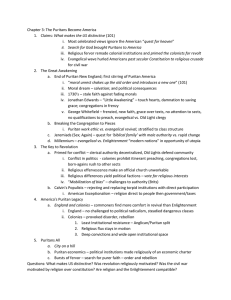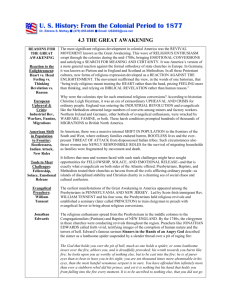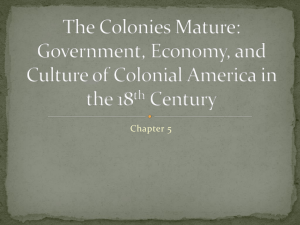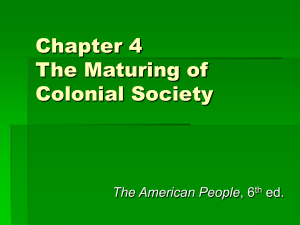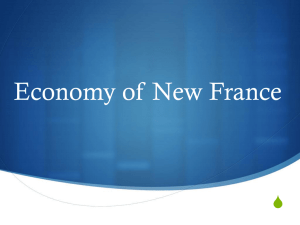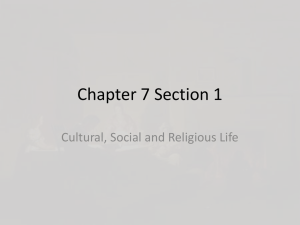THE GREAT AWAKENING The most significant religious
advertisement
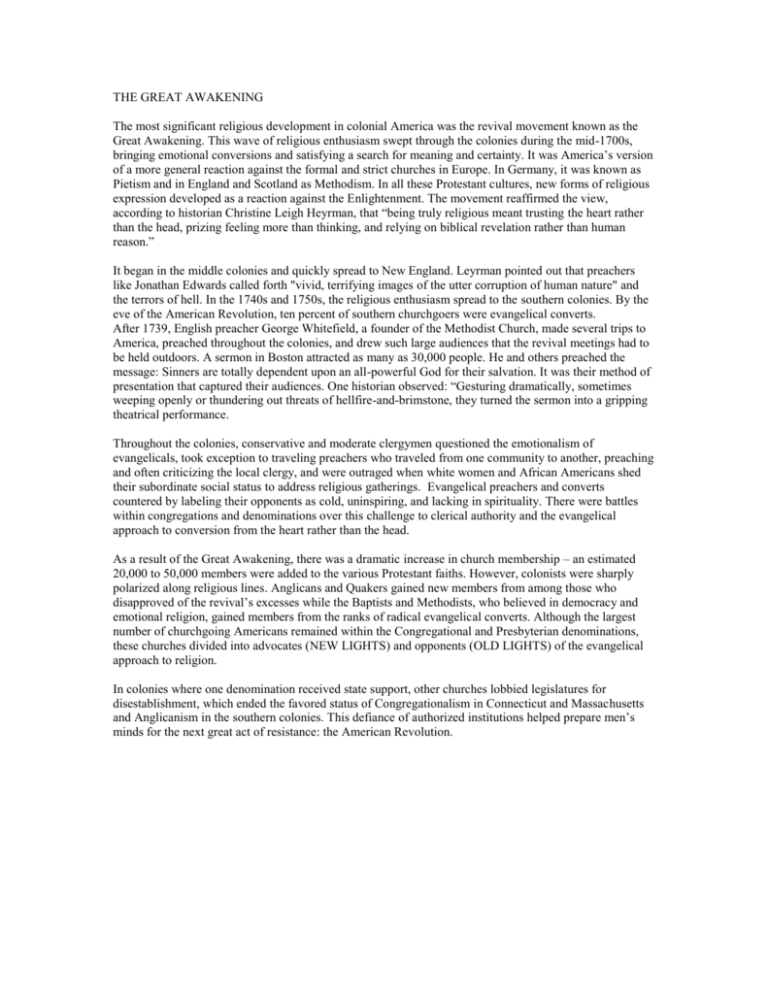
THE GREAT AWAKENING The most significant religious development in colonial America was the revival movement known as the Great Awakening. This wave of religious enthusiasm swept through the colonies during the mid-1700s, bringing emotional conversions and satisfying a search for meaning and certainty. It was America’s version of a more general reaction against the formal and strict churches in Europe. In Germany, it was known as Pietism and in England and Scotland as Methodism. In all these Protestant cultures, new forms of religious expression developed as a reaction against the Enlightenment. The movement reaffirmed the view, according to historian Christine Leigh Heyrman, that “being truly religious meant trusting the heart rather than the head, prizing feeling more than thinking, and relying on biblical revelation rather than human reason.” It began in the middle colonies and quickly spread to New England. Leyrman pointed out that preachers like Jonathan Edwards called forth "vivid, terrifying images of the utter corruption of human nature" and the terrors of hell. In the 1740s and 1750s, the religious enthusiasm spread to the southern colonies. By the eve of the American Revolution, ten percent of southern churchgoers were evangelical converts. After 1739, English preacher George Whitefield, a founder of the Methodist Church, made several trips to America, preached throughout the colonies, and drew such large audiences that the revival meetings had to be held outdoors. A sermon in Boston attracted as many as 30,000 people. He and others preached the message: Sinners are totally dependent upon an all-powerful God for their salvation. It was their method of presentation that captured their audiences. One historian observed: “Gesturing dramatically, sometimes weeping openly or thundering out threats of hellfire-and-brimstone, they turned the sermon into a gripping theatrical performance. Throughout the colonies, conservative and moderate clergymen questioned the emotionalism of evangelicals, took exception to traveling preachers who traveled from one community to another, preaching and often criticizing the local clergy, and were outraged when white women and African Americans shed their subordinate social status to address religious gatherings. Evangelical preachers and converts countered by labeling their opponents as cold, uninspiring, and lacking in spirituality. There were battles within congregations and denominations over this challenge to clerical authority and the evangelical approach to conversion from the heart rather than the head. As a result of the Great Awakening, there was a dramatic increase in church membership – an estimated 20,000 to 50,000 members were added to the various Protestant faiths. However, colonists were sharply polarized along religious lines. Anglicans and Quakers gained new members from among those who disapproved of the revival’s excesses while the Baptists and Methodists, who believed in democracy and emotional religion, gained members from the ranks of radical evangelical converts. Although the largest number of churchgoing Americans remained within the Congregational and Presbyterian denominations, these churches divided into advocates (NEW LIGHTS) and opponents (OLD LIGHTS) of the evangelical approach to religion. In colonies where one denomination received state support, other churches lobbied legislatures for disestablishment, which ended the favored status of Congregationalism in Connecticut and Massachusetts and Anglicanism in the southern colonies. This defiance of authorized institutions helped prepare men’s minds for the next great act of resistance: the American Revolution.
